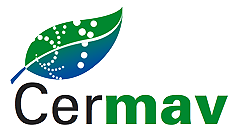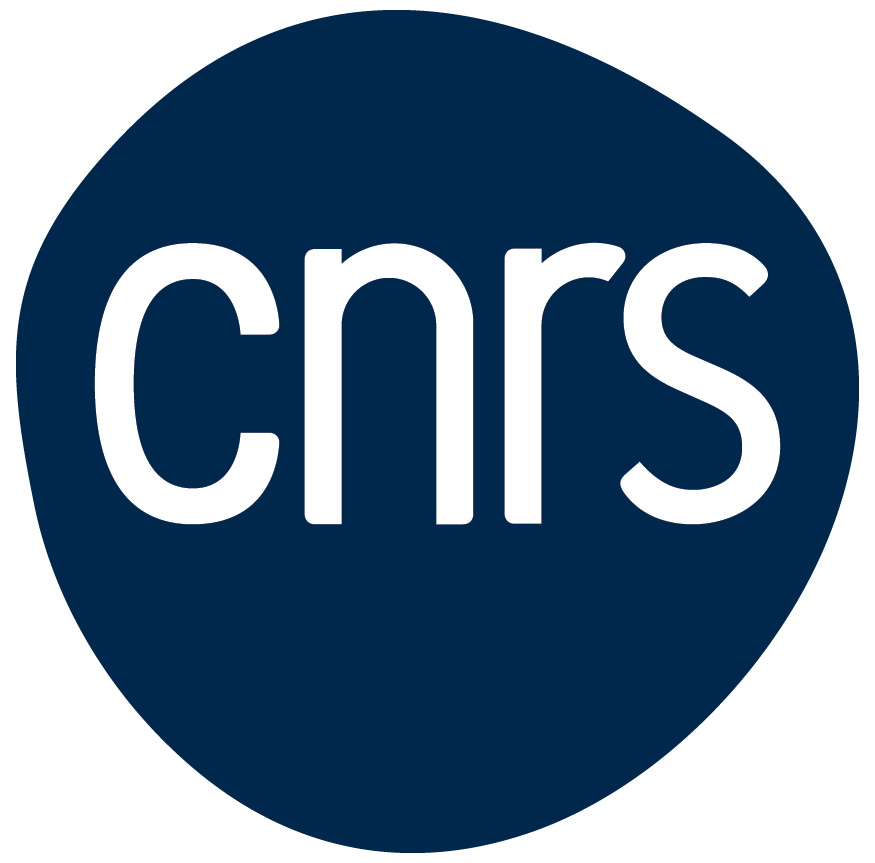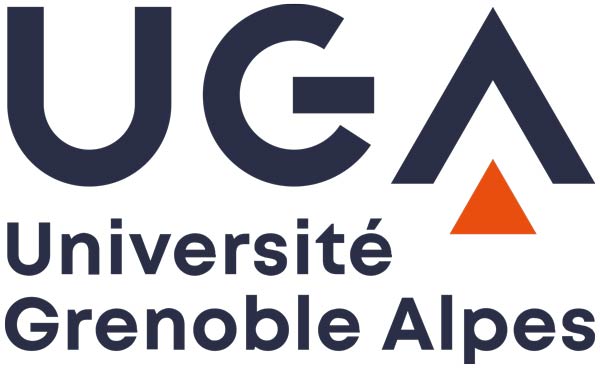Follow all the news from the laboratory.
Lénaïc Soullard thesis defense on November 30th, 2023
The thesis, entitled “Synthesis of photosensitive cellulose derivates and development of hydrogels by additive manufacturing for the design of medical devices” , was directed by
João COSAS joins Cermav as a CNRS research scientist (“Chargé de recherche CNRS”)
João COSAS is laureate of the external entrance examinations to the CNRS and, since October 1st, 2023, he has joined CERMAV as a permanent CNRS
Thirty years of scientific collaboration between the CNRS and Taiwan
On September 18th, 2023, an international conference celebrated the thirtieth anniversary of the first framework agreement between the CNRS and the Taiwanese National Science &
Glyco@Alps Scientific Day 2023
We are pleased to invite you to the glycoscience day on Friday 13 October 2023 at the MACI (339 av centrale, 38400 Saint Martin d’Hères).
Ons Dakhlaoui thesis defense on September 07th, 2023
The thesis, entitled “Improving selective DNP (SelDNP) for biomolecular applications”, was funded by the Labex ARCANE and co-directed by Sabine Hediger (MEM – CEA) and
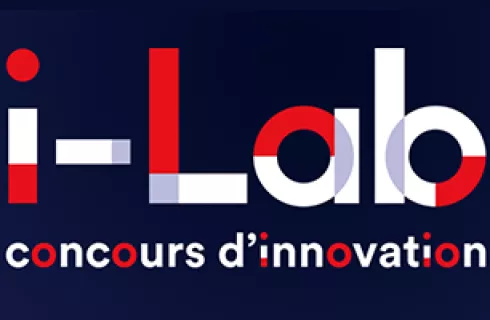
AIS Biotech wins the i-LAB 2023 competition
The AIS BIOTECH start-up, resulting from the work of Cermav, is laureate of the i-Lab 2023 Competition of BPI France.
Antoine DESIGAUX’s thesis defense on June 27th, 2023
Antoine DESIGAUX completed his thesis at Cermav under the co-supervision of Laurent HEUX (CNRS Research Director) and Sonia MOLINA – BOISSEAU (Université Grenoble Alpes Senior lecturer). It is entitled « Development as well as mechanical and structural characterization of an anisotropic elastomer reinforced by cellulose microfibrils. ».
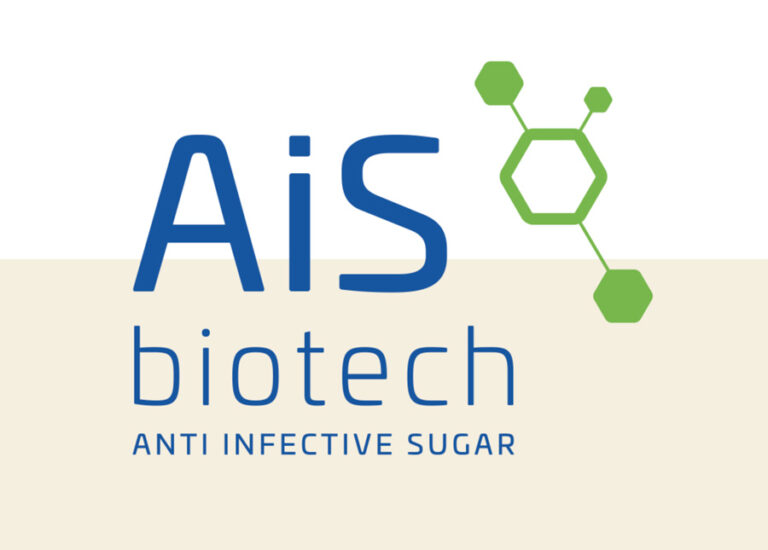
Creation of the new start-up resulting from the work of Cermav, AIS Biotech
AIS Biotech relies on innovative, efficient, industrializable biotechnology with low environmental impact, to develop a new class of anti-infective biomedicines. Click on the title for more information.
Moustoifa Said thesis defense on March 21th, 2023
Abstract: “In regenerative medicine, the implantation of combined of cells and hydrogels is a promising strategy to improve cell therapy. However, it is crucial to

Structural Glycoscience Summer School 2023 in Grenoble (from June 5th to 7th, 2023)
Register at https://glycoalps.univ-grenoble-alpes.fr/glyco-club/glyco-club-s-activities/structural-glycoscience-summer-school-2023-886248.kjsp
Design of hyaluronan-based dopant for conductive and resorbable PEDOT ink
Abstract “Conformable biocompatible conductive materials are increasingly sought for the development of bioelectronics. If additionally resorbable, they could serve for the design of transient implantable
Biomass in the Bioeconomy
Abstract: “Biomass is the physical basis of the bioeconomy, the renewable segment of the circular economy, and as a CO2-neutral part of the carbon cycle,
Extending Janus lectins architecture: Characterization and application to protocells
Abstract: “Synthetic biology is a rapidly growing field with applications in biotechnology and biomedicine. Through various approaches, remarkable achievements, such as cell and tissue engineering,
Harnessing Biobased Materials in Photosynaptic Transistors with Multibit Data Storage and Panchromatic Photoresponses Extended to Near-Infrared Band
Abstract: “Owing to ever-increasing environmental impact, nature-inspired biomimetic electronics are key to unlock the potential of developing environmentally friendly brain-like computing and biomimetic artificial-intelligence systems.
Paul Rivollier thesis defense on February 28th, 2023
Summary : “Influenza viruses are responsible for human flu epidemics and pandemics causing hundreds of thousands of deaths each year, or sometimes long-term sequelae. The infectious
Supramolecular carbohydrate-based hydrogels from oxidative hydroxylation of amphiphilic β-C-glycosylbarbiturates and α-glucosidaseinduced hydrogelation
The team “Self-assembly of Glycopolymers” of CERMAV has developed a new family of sugar derivatives through an eco-responsible process which is able to self-assemble into hierarchical glyconanostructures to ultimately gel water and the gelation can be triggered by the action of a glycosidase. Click on the title for more information.
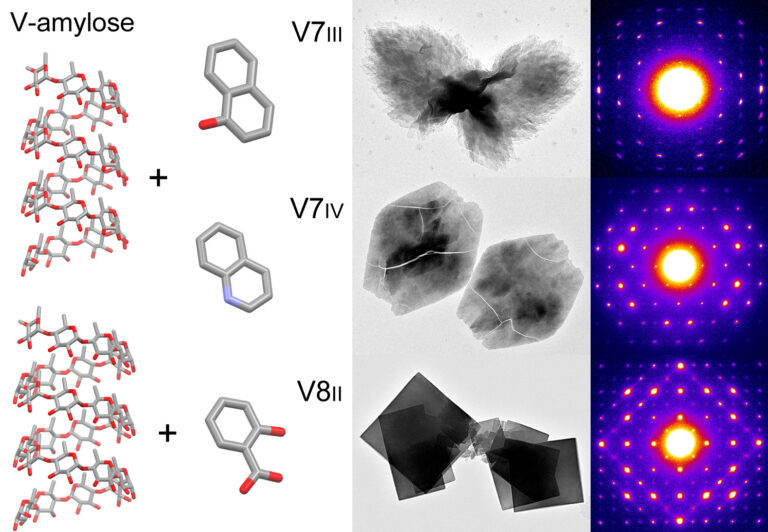
Helical inclusion complexes of amylose with aromatic compounds: Crystallographic evidence for new V-type allomorphs
The morphology and crystal structure of three new inclusion complexes of amylose with small aromatic molecules were described, thus widening the family of V-amylose allomorphs that may form when starch is processed in the presence of various ingredients and additives.
Click on the title for more information.
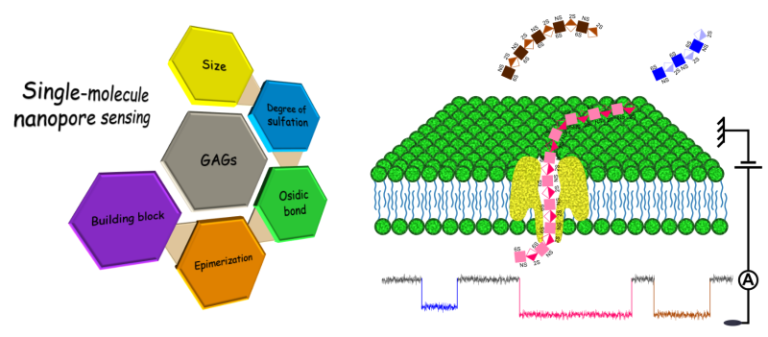
Deciphering GAGs: a new way of sequencing polysaccharides
In this publication involving Bernard Priem, Lecturer at the University of Grenoble Alpes, the authors propose an effective and robust approach based on passage through protein nanopores, to decipher the structure of complex bioactive polysaccharides, GAGs. Click on the title for more information.
Malgorzata Sulewska thesis defense on January 13th, 2023
Malgorzata Sulewska completed her thesis at Cermav under the co-direction of Bernard Priem (Grenoble Alpes University) and Rita Gerardy-Schahn (Hannover Medical School). It is entitled “Biosynthesis, Depolymerization, Detection, and Analysis of Glycosaminoglycans with a Focus on Heparosan”.
François Bru thesis defense on January 20th, 2023
François Bru completed his thesis at Cermav under the supervision of Laurent Heux, CNRS Research Director, entitled “Hydrophobization of 100% cellulosic materials for single-use packaging”. He focuses on hydrophobization of cellulosic materials. Click on the title for more information.
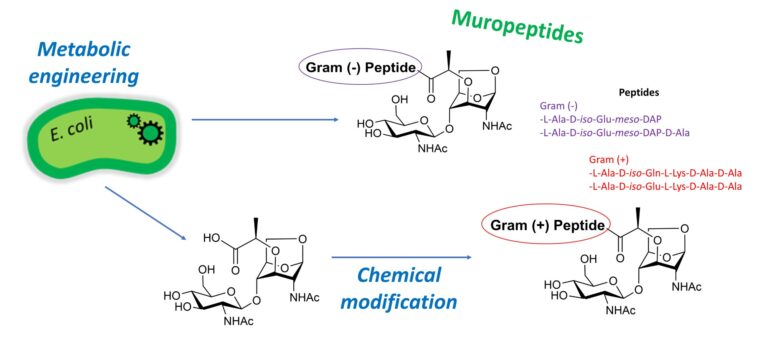
Hijacking the Peptidoglycan Recycling Pathway of Escherichia coli to Produce Muropeptides
Muropeptides are short peptidoglycan fragments released from the cell wall of bacteria as part of their metabolism or as a result of biological stresses, in which they play a major role in the induction of antibiotic resistance. In order to better understand these processes, we developed a new synthetic approach which combines synthetic biology and glycochemistry to prepare Gram (–) and Gram (+) muropeptides. Click on the title for more information.
Hong LI thesis defense on December 06th, 2022
Hong LI completed his thesis at Cermav under the supervision of Redouane Borsali, CNRS Research Director. it is entitled “Self-assembly of carbohydrate-based brush-like block copolymers: colored biomaterials and photonic crystals”. Click on the title for more information.
Shun Yao thesis defense on November 16th, 2022
Shun Yao completed his thesis at Cermav under the supervision of Sami Halila, CNRS researcher. It is entitled “Syntheses, properties and applications of glyco-hydrogelators”. Click on the title for more information.

Biotechnological production of sialylated solid lipid microparticles as inhibitors of influenza A virus infection
In this publication in collaboration with the CIRI – International Center for Research in Infectiology (UMR Université Lyon 1, Inserm, CNRS and ENS Lyon), we show a new biotechnological approach for the elaboration of sialylated microparticles, capable of luring Influenza viruses, responsible for human flu. Click on the title for more information.
Hamed AHMADI-NOHADANI thesis defense on December 16th, 2022
Hamed AHMADI-NOHADANI completed his thesis at Cermav under the supervision of Issei Otsuka, CNRS Researcher at Cermav. It is entitled “Electrospinning Light-Harvesting Cellulose Nanofibers”.
The evolutionary advantage of an aromatic clamp in plant family 3 glycoside exo-hydrolases
A study combining mutagenesis experiments, high-resolution X-ray diffraction with thiosugars and molecular modeling has revealed the molecular basis for the specificity and processivity of an enzyme of the GH3 family of glycoside hydrolases.
Interview with Anne Imberty in Le Monde Science
Anne Imberty, CNRS Research Director at Cermav, was interviewed in Le Monde Sciences about Glycosciences.
Simon Coninx thesis defense on October 24th, 2022
Simon Coninx completed his thesis at Cermav under the supervision of Rachel Auzely, Professor at Université Grenoble Alpes. It is entitled “Nanogels based on boron-rich glycosaminoglycans for the multi-modal treatment of cancer”. Click on the title for more information.

The choanoflagellate pore-forming lectin SaroL-1 punches holes in cancer cells by targeting the tumor-related glycosphingolipid Gb3
Choanoflagellate lectin SaroL-1 binds to cancer-related α-galactosylated epitopes and can be toxic to cancer cells through a pore-formation mechanism. Click on the title for more information.
Press article on the Carbogel project led by Sami Halila
The Carbogels project led to patent application for a new class of organogelator with adjustable rheological properties for cosmetics and dermopharmacy. Click on the title for more information.
